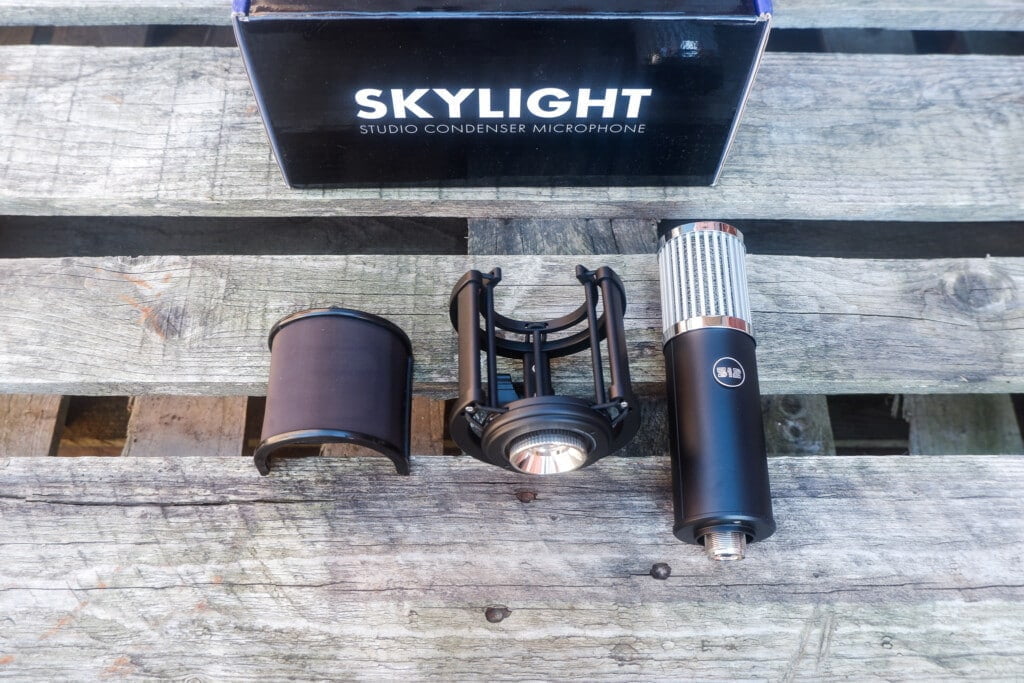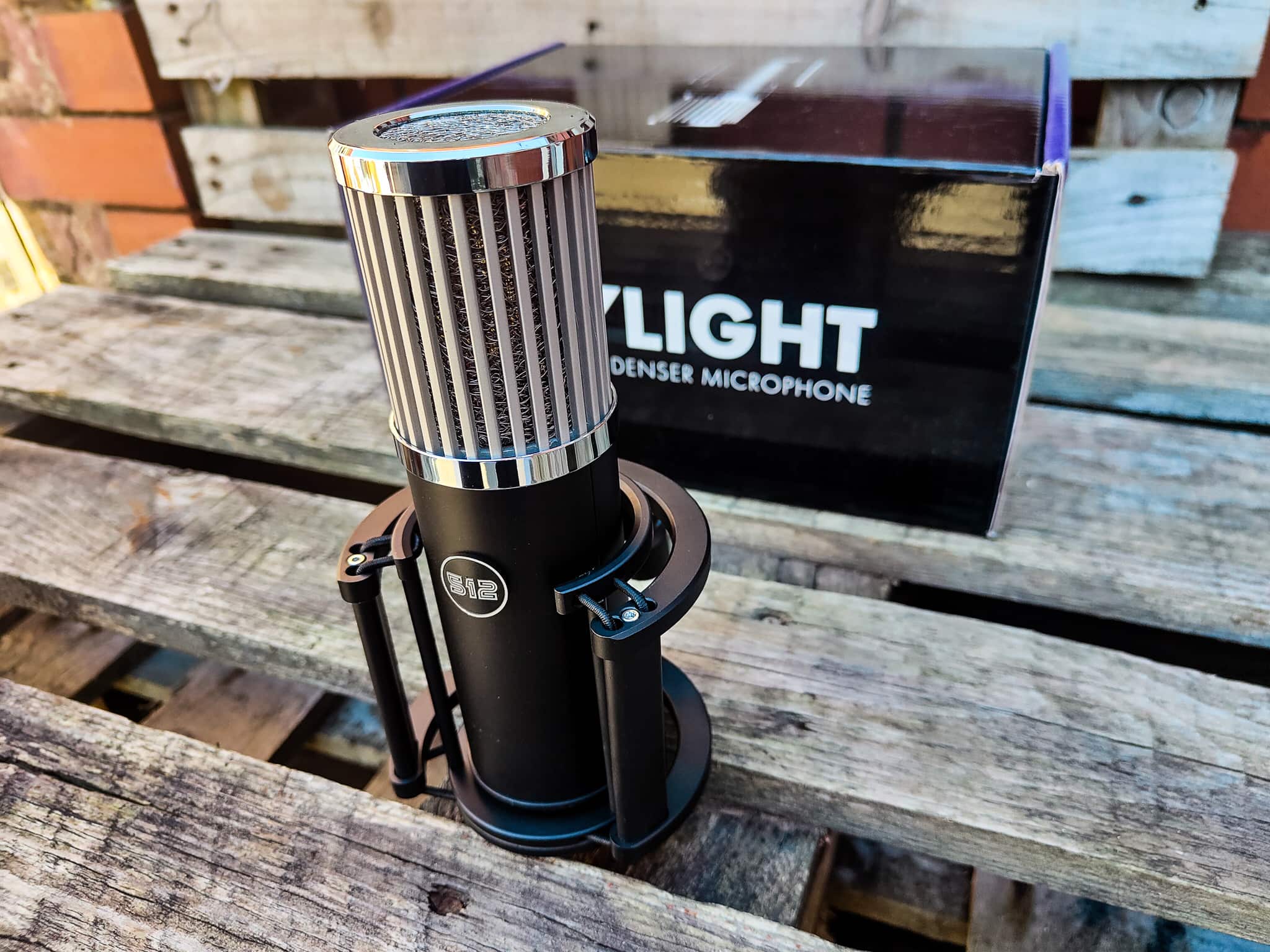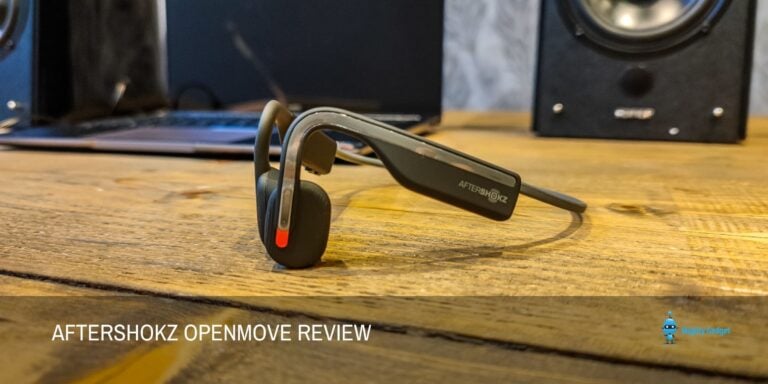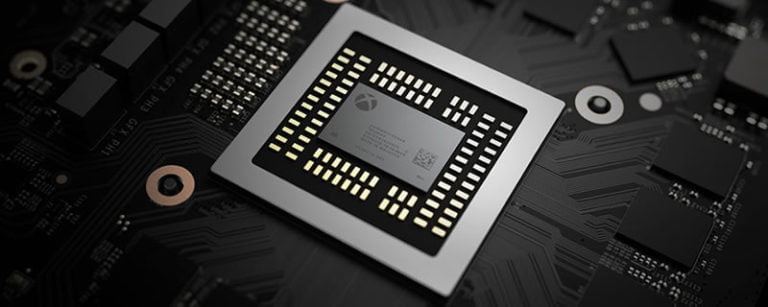Any links to online stores should be assumed to be affiliates. The company or PR agency provides all or most review samples. They have no control over my content, and I provide my honest opinion.
This article was originally published on Make the Sound Better. While I have updated most of the articles that have been transferred over, this article is mostly unedited.
When it comes to professional audio recording, condenser microphones are often the go-to choice for high-quality sound. These microphones are known for their sensitivity, frequency response, and overall performance. In this article, we will explore what makes condenser microphones stand out and how they work. Additionally, we will discuss the advantages of condenser microphones over other types, the importance of polar patterns, and their applications in professional audio. We will also touch on maintenance and care for condenser microphones and provide a list of top brands and models for high-performance.
Related Reviews
- 512 Audio Skylight Review
- Logitech for Creators Blue Sona Microphone Review (dynamic mic)
- Blue Blackout Spark SL XLR Condenser Microphone Review
The Construction of a Condenser Microphone

Condenser microphones consist of a diaphragm, a backplate, and an electronic circuit. The diaphragm is a thin membrane made of either plastic or metal that vibrates when sound waves hit it. The backplate is a stationary plate located behind the diaphragm that serves as an electrical conductor. When sound waves hit the diaphragm, it moves towards and away from the backplate, creating changes in the capacitance between the two. The electronic circuit measures these changes and converts them into an electrical signal that represents the sound wave.
The Working Principle of a Condenser Microphone
The working principle of a condenser microphone is based on capacitance. The diaphragm and the backplate together form a capacitor, which stores electrical charge. When sound waves hit the diaphragm, it moves towards and away from the backplate, altering the distance between the two and thus changing the capacitance. This change in capacitance generates an electrical signal that represents the sound wave. The electronic circuit in the microphone amplifies and processes this signal, resulting in an output that can be recorded or transmitted.
Advantages of Condenser Microphones over Other Types
Condenser microphones offer several advantages over other types of microphones, such as dynamic or ribbon microphones. One of the main advantages is their high sensitivity, which makes them ideal for capturing subtle nuances and details in sound. They also have a wider frequency response than dynamic microphones, meaning they can accurately capture high and low frequencies. Additionally, condenser microphones have a low self-noise, which means they do not produce much noise on their own. This is especially important in recording quiet sounds or in studios with high ambient noise levels.
The Importance of Polar Patterns in Condenser Microphones
Polar patterns refer to the directional sensitivity of a microphone. There are several polar patterns used in condenser microphones, including cardioid, omnidirectional, and figure-eight. The cardioid pattern is the most common and captures sound primarily from the front while minimizing sound from the sides and rear. Omnidirectional microphones capture sound equally from all directions, making them ideal for recording ambient sounds. Figure-eight microphones capture sound from the front and back while minimizing sound from the sides. Understanding polar patterns is crucial in choosing the right microphone for a specific recording situation.
Exploring the High Sensitivity of Condenser Microphones
The high sensitivity of condenser microphones allows them to capture low-level sounds with high accuracy. This sensitivity is achieved through the use of a thin diaphragm that can vibrate in response to faint sound waves. Additionally, the electronic circuit in condenser microphones can amplify the electrical signal generated by the diaphragm, resulting in a higher output level. However, this sensitivity also means that condenser microphones are more susceptible to distortion and handling noise, so proper microphone technique is essential.
Understanding the Frequency Response of Condenser Microphones
Frequency response refers to the range of frequencies that a microphone can accurately capture. Condenser microphones have a wider frequency response than dynamic microphones, meaning they can capture higher and lower frequencies. This is due to the construction of the diaphragm, which is thin and light, allowing it to vibrate more easily in response to high-frequency sound waves. Additionally, the electronic circuit in condenser microphones can be designed to compensate for any deviations in the frequency response, resulting in a more accurate representation of the sound.
The Role of Phantom Power in Condenser Microphones
Phantom power is a method of providing power to condenser microphones through the same cable used for audio transmission. This allows for a simpler and more convenient setup, as there is no need for an additional power source. Phantom power typically uses a voltage of 48 volts and is applied to the microphone through the XLR connector. However, not all condenser microphones require phantom power, so it is important to check the specifications before use.
Condenser Microphones vs Dynamic Microphones
Condenser microphones and dynamic microphones are two of the most common types of microphones used in professional audio. Condenser microphones are known for their sensitivity, frequency response, and overall performance, while dynamic microphones are more rugged and durable, making them ideal for live performances and recording loud sounds. Additionally, dynamic microphones do not require phantom power and are less susceptible to handling noise. However, they have a narrower frequency response and lower sensitivity than condenser microphones.
Applications of Condenser Microphones in Professional Audio
Condenser microphones are used in a variety of professional audio applications, including recording studios, film and television production, live performances, and podcasting. Their high sensitivity and wide frequency response make them ideal for capturing subtle nuances in sound, while their low self-noise makes them suitable for recording quiet sounds. Additionally, their directional sensitivity allows for more precise sound capture in specific situations, such as interviews or musical instrument recording.
Maintenance and Care for Condenser Microphones
Proper maintenance and care for condenser microphones are crucial in maintaining their high performance and longevity. This includes storing them in a cool and dry place, handling them gently, and cleaning them regularly with a soft cloth or brush. Additionally, it is important to use a pop filter to prevent plosives and to avoid exposing the microphone to moisture or extreme temperatures. It is also recommended to test the microphone before use to ensure that it is functioning properly.
Top Brands and Models of Condenser Microphones for High-Performance
There are several top brands and models of condenser microphones that are known for their high performance and quality. These include the Neumann U87, AKG C414, Shure KSM44, Audio-Technica AT4053b, and Rode NT1-A. These microphones offer a wide range of features, such as multiple polar patterns, high sensitivity, and low self-noise. Additionally, they are designed for various professional audio applications, making them versatile and reliable choices for any recording situation.
Condenser microphones are essential tools for professionals in the audio industry, providing high-quality sound and performance. Their sensitivity, frequency response, and polar patterns allow for accurate and versatile sound capture in a variety of recording situations. Proper maintenance and care are crucial in maintaining their high performance, while top brands and models offer a wide range of features and applications. Whether for studio recording, live performances, or podcasting, condenser microphones are an indispensable component of any professional audio setup.
I am James, a UK-based tech enthusiast and the Editor and Owner of Mighty Gadget, which I’ve proudly run since 2007. Passionate about all things technology, my expertise spans from computers and networking to mobile, wearables, and smart home devices.
As a fitness fanatic who loves running and cycling, I also have a keen interest in fitness-related technology, and I take every opportunity to cover this niche on my blog. My diverse interests allow me to bring a unique perspective to tech blogging, merging lifestyle, fitness, and the latest tech trends.
In my academic pursuits, I earned a BSc in Information Systems Design from UCLAN, before advancing my learning with a Master’s Degree in Computing. This advanced study also included Cisco CCNA accreditation, further demonstrating my commitment to understanding and staying ahead of the technology curve.
I’m proud to share that Vuelio has consistently ranked Mighty Gadget as one of the top technology blogs in the UK. With my dedication to technology and drive to share my insights, I aim to continue providing my readers with engaging and informative content.







